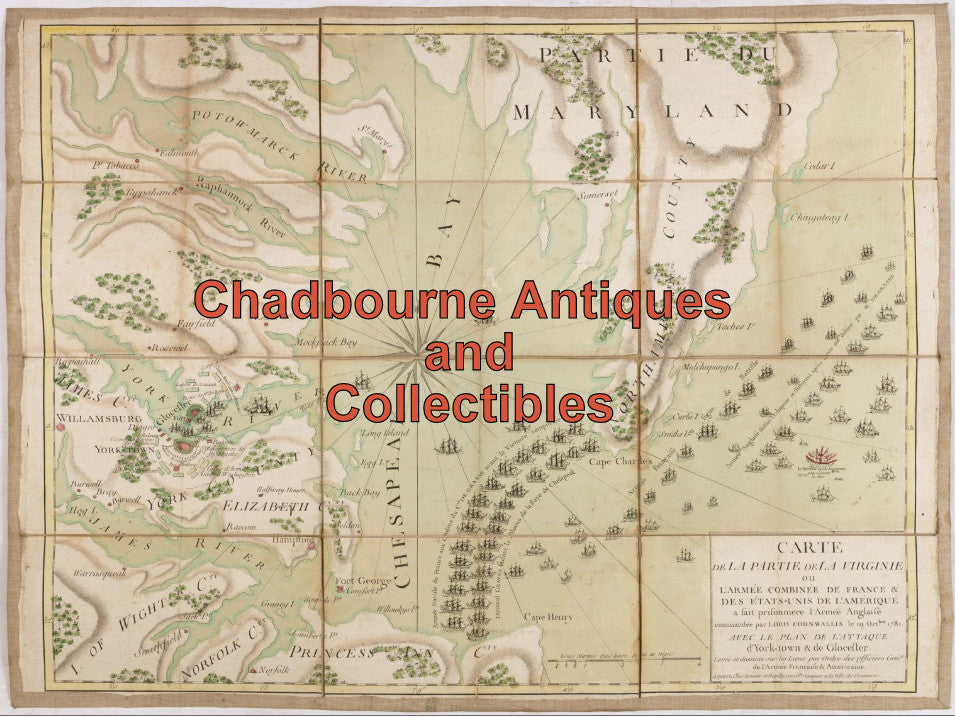$35.00 CAD
| /
Three ESCO Arcade/Exhibit cards of African-American boxers : Johnny Bratton, Kid Gavilan, and Luther Rawlings. Issued in 1947-1966 period.
Printed on thicker stock
5 ⅛ x 3 ⅛"
Johnny Bratton, also known as Honey Boy Bratton (1927 –1993) was an American professional boxer and briefly reigned as the NBA welterweight champion in 1951. He fought many of the best fighters of his era in the division, earning nearly $400,000 in 83 fights, but ended up penniless and mentally impaired.
Gerardo González (1926 –2003), better known in the boxing world as Kid Gavilan, was a Cuban boxer. Gavilán was the former undisputed world welterweight champion from 1951 to 1954 having simultaneously held the NYSAC, WBA, and The Ring welterweight titles. The Boxing Writers Association of America named him Fighter of the Year in 1953. Gavilán was voted by The Ring magazine as the 26th greatest fighter of the last 80 years. Gavilán was a 1966 inductee to The Ring magazine's Boxing Hall of Fame and was inducted into the International Boxing Hall of Fame in the inaugural class of 1990.
WIKIPEDIA
In 1949, before the rules and safeguards that govern boxing today, a powerful punch from Luther Rawlings tragically killed a man in the ring.
But fight experts, family and friends say he was a gentle man who mentored hundreds of aspiring boxers at the Chicago Park District and Leo High School, often carrying his Bible and underlining passages before his workouts.
During his seven-year career, he fought 65 times — “seven of them against world champions or future titlists,” Pete Ehrmann wrote in The Ring magazine.
He also owned Luther’s Lounge, a South Side club that stayed open late, attracting VIPs like Congressman “Big Bill” Dawson; pugilists Joe Louis and Sugar Ray Robinson; Olympic runners Jesse Owens and Ralph Metcalfe — who would go on to become a congressional representative — and Frank Sinatra.
https://hickeysite.blogspot.com/
These cards were almost always black and white or some type of single color toned cards. They issued cards on a variety of subjects, but the most sought after cards feature movie stars, cowboys and boxers. The method of distribution of Arcade/Exhibit cards was unique in the first half of the 20th century. Until the period after World War 2, Americans did not have the incredible variety of home-delivered amusements that we find common today. Only radio provided home entertainment beginning in the 1920. When people wanted something to do, people left their homes for movie theaters, boardwalks, and arcades. Every town had annual fairs or carnivals that had arcade tents. ESCO manufactured amusement machines for those places: fortune telling machines, prize machines, scales, pin-balls, etc. It most historic development was the card dispensing machine. Exhibit cards were the first nationally distributed trading card product sold without any ancillary uses or purposes. The cards were not for advertising nor were they product premiums. They themselves were the product. A carnival or arcade owner purchased an ESCO vending machine and ESCO sold them refill products for the machines. ESCO made its real money on the refill orders, not on the machines. The cards were dispensed for a penny (later, a nickel or dime) to the patron of the arcade. ESCO sold refill cards direct to vendors. There was no permanent place where you could get these cards in most cities. Usually buyers had to wait for a carnival or fair to hit town to have access to the cards.
Abebooks
